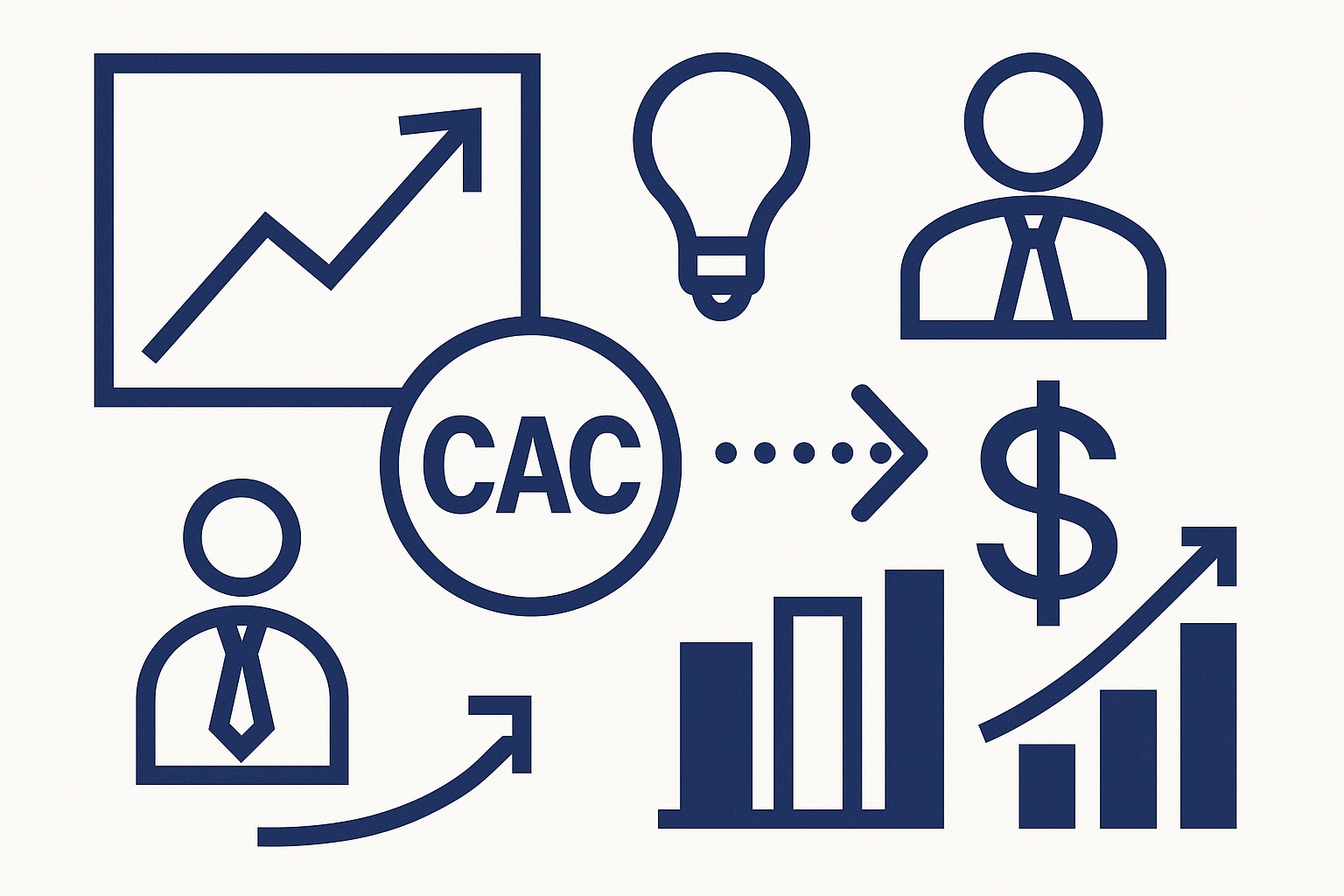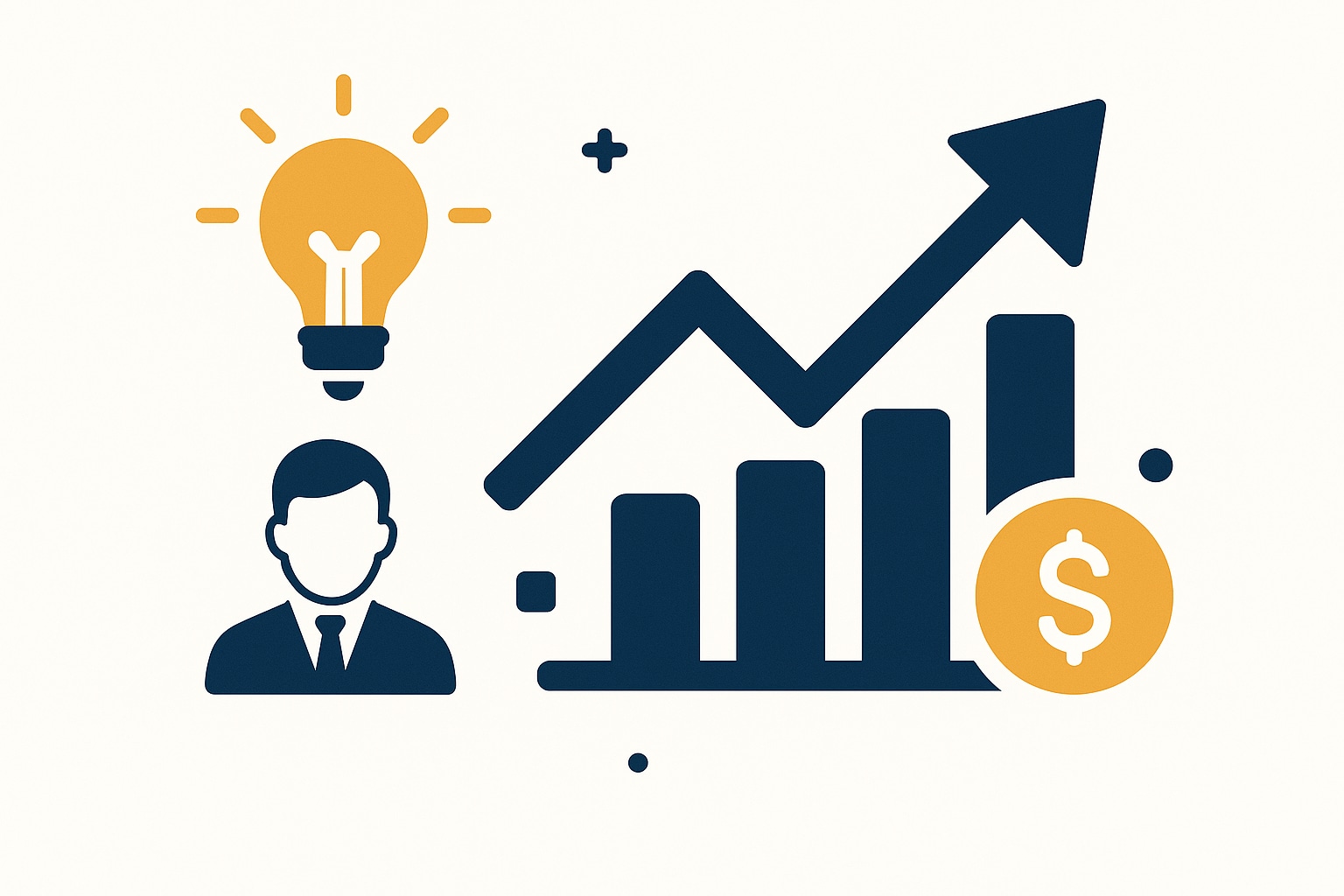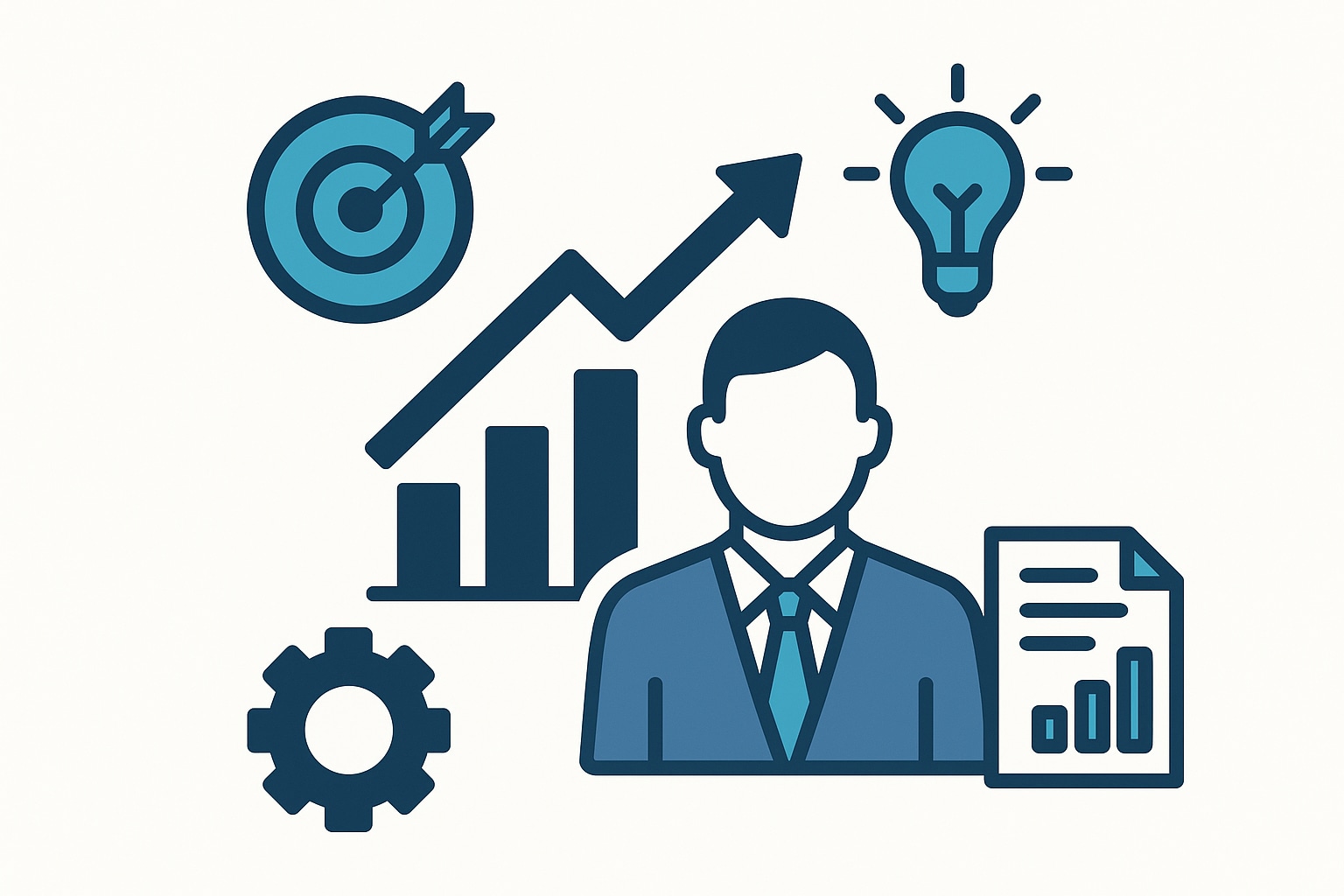Startup CAC Benchmarks 2025: What’s a Good Customer Acquisition Cost This Year?

In 2025, knowing your Customer Acquisition Cost isn’t just a metric—it’s your startup’s survival kit. Are you paying too much to win new customers? As a founder under pressure to show both rapid growth and prudent runway management, understanding your CAC signals whether your marketing is fueling scalable success or draining your resources. Investors and founders alike scrutinize CAC as a key lever for growth, efficiency, and long-term sustainability. At Curio Revelio, we know that mastering CAC—benchmarking, interpreting, and optimizing it—can mean the difference between outpacing competitors and stagnating. This guide will equip you with the latest 2025 CAC benchmarks, explain what drives acquisition costs, and deliver actionable strategies to lower CAC and drive sustainable growth.
Understanding Customer Acquisition Cost (CAC)
Customer Acquisition Cost (CAC) measures the total spend required to acquire a new customer—including all marketing and sales expenses over a defined period, divided by the number of new customers gained. For startup founders, CAC is a critical business performance indicator: it informs fundraising targets, channel mix, pricing, and overall go-to-market strategy.
To calculate CAC, use the formula:
CAC = (Total Marketing + Sales Expenses) ÷ Number of New Customers
Be sure to include all relevant costs: ad spend, sales salaries and commissions, marketing tools, content creation, and events. The more accurate your accounting, the better your insights. CAC is most meaningful when compared to other key metrics, especially Customer Lifetime Value (LTV) and Return on Ad Spend (ROAS). The LTV:CAC ratio is especially important for startups. A healthy LTV to CAC ratio is typically 3:1 or higher. This means for every dollar spent acquiring a customer, you should earn at least three dollars in revenue from them over their lifetime. Falling below this ratio often signals your costs are too high or your retention too low, and should trigger a strategic review.
CAC is not just a marketing metric—it’s a pulse check on your business’s efficiency and scalability.
2025 CAC Benchmarks by Industry
As digital competition intensifies in 2025, knowing how your CAC compares to industry norms is crucial. The average customer acquisition cost (CAC) for startups is $225 per customer. But this headline number hides dramatic differences across sectors and models. Here’s a breakdown of the latest CAC benchmarks by industry:
| Industry | 2025 Average CAC |
|---|---|
| B2B SaaS | $702 |
| eCommerce | $70 |
| Fintech | $1,450 |
| Legal Services | $1,150 – $1,300 |
| General Startup Benchmark | $225 |
| Enterprise Fintech | $14,772 |
| SaaS (typical range) | $200 – $1,000 |
| eCommerce (range) | $10 – $50 |
These figures provide a reality-check and a starting point for benchmarking your own CAC. For instance: SaaS companies generally have an average CAC between $200 and $1,000. E-commerce businesses see an average customer acquisition cost of $10 to $50. The average CAC for fintech companies targeting enterprise customers is $14,772. As you can see, what’s considered “good” is highly context-dependent.
What matters most is your LTV:CAC ratio: sustainable businesses typically achieve ratios of 3:1 or better, with top performers hitting 4:1 or 5:1. A healthy LTV to CAC ratio is typically 3:1 or higher. That’s why smart founders don’t just fixate on CAC—they benchmark it in the context of their sector and align it with LTV and payback period.
Don’t forget: Customer acquisition costs have more than tripled since 2013 due to higher ad prices and consumer competition. This makes continual CAC optimization a necessity, not a luxury.
Factors Influencing CAC for Startups
Why do customer acquisition costs vary so widely, even between similar startups? Several factors shape your CAC:
- Business Model & Sales Cycle: B2B and enterprise startups often face longer, more complex sales cycles—raising CAC. Fast-moving B2C brands or eCommerce players typically close deals faster and at lower cost.
- Marketing Channels: Channel mix has a major impact. Organic channels (SEO, referrals, partnerships) tend to have lower CAC than paid channels, though they can take longer to scale. Paid channels (search, social ads) deliver speed but at higher cost.
- Market Maturity & Competition: Entering a crowded or mature market often means higher CAC due to increased competition and higher advertising costs. Newer markets may offer lower costs but require more education and longer payback.
- Target Customer Profile: Acquiring enterprise or high-value customers generally costs more, due to extended decision-making, complex onboarding, and the need for trust-building and customization.
- Brand Recognition: Startups with minimal brand equity face higher early CAC as they invest in awareness and credibility.
For early-stage startups, expect CAC to be higher as you build brand and refine targeting. Over time, channel optimization and product-market fit can bring CAC down.
How Startups Can Optimize and Lower CAC
Optimizing CAC isn’t about chasing the lowest number at all costs—it’s about driving qualified, lasting growth efficiently. Here’s how you can lower your customer acquisition cost in 2025:
- Funnel Optimization: Improve conversion rates at every stage of the funnel using A/B testing, streamlined onboarding, and frictionless checkout experiences. Even small conversion lifts can dramatically reduce CAC.
- Leverage Automation & AI: Modern marketing automation and AI-powered targeting enable you to reach the right customers at the right time, minimizing waste and boosting personalization. AI tools in targeting and personalization are reducing acquisition costs across industries.
- Content & Referral Strategies: Invest in high-value content marketing, customer education, and referral programs. These channels compound over time and often yield the lowest CAC.
- Segmentation: Identify and focus on your highest-value customer segments—those with the best LTV:CAC ratios. Don’t overspend to acquire unprofitable customers.
- Retention Initiatives: Loyal customers generate referrals and repeat purchases, lowering your blended CAC over time.
The most successful startups create a culture of experimentation—continually testing new channels, offers, and messaging to find the most efficient acquisition routes.
Current Trends and Real-World Examples
The CAC landscape is being reshaped by several powerful trends in 2025:
- AI & Automation: Startups are leveraging AI-driven marketing platforms and unified data stacks to automate targeting, personalize outreach, and optimize spend. AI tools in targeting and personalization are reducing acquisition costs across industries.
- Short-Form Video: Channels like TikTok, Instagram Reels, and YouTube Shorts are driving down CAC by rapidly capturing attention and accelerating conversions.
- Unified Data Platforms: Integrated MarTech stacks enable smarter, more efficient acquisition by connecting data sources, automating reporting, and surfacing actionable insights.
Consider these real-world examples:
- SaaS Startup Success: A B2B SaaS company cut CAC by 25% in six months by automating lead scoring and refining onboarding flows, boosting conversion rates and sales team efficiency.
- D2C eCommerce Growth: A direct-to-consumer brand halved their CAC by shifting 40% of their paid media budget into short-form video ads and implementing a customer referral program.
- Customer Success & Loyalty: Startups implementing customer success and referral programs have seen 20–30% improvements in their LTV:CAC ratio within six months.
These trends underscore the value of agility, technology, and data-driven experimentation in winning customers more efficiently in 2025.
Actionable Takeaways for Startup Founders
Ready to benchmark and improve your CAC? Here’s a checklist to guide your next steps:
- Audit your CAC regularly and compare it to 2025 industry benchmarks
- Track CAC by channel—double down on what’s working best
- Calculate your LTV:CAC ratio and ensure it meets or exceeds the 3:1 standard
- Experiment with new channels and creative to keep costs in check
- Invest in retention and referral programs to reduce overall CAC
- Watch for red flags: rising CAC, stagnant conversion rates, or LTV:CAC below 3:1
Avoid common pitfalls such as underestimating total acquisition costs, ignoring LTV, or failing to segment your customer base.
Conclusion & Call to Action
Benchmarking and optimizing your customer acquisition cost is one of the smartest investments a founder can make in 2025. With digital acquisition costs higher than ever, only data-driven, agile startups will achieve sustainable growth. Want to see how you stack up? Curious how your CAC compares? Download our free 2025 CAC Benchmarking Template and see where you stand. Or, ready to lower your CAC and accelerate growth? Book a complimentary strategy call with our startup marketing experts at https://www.curiorevelio.com today. Don’t let inefficient acquisition drain your runway—take action to drive smarter, more sustainable growth now.
Read More
TCS's Growth and Transformation: A Comprehensive Analysis
Explore TCS's strategic growth and transformation initiatives, including revenue milestones, AI integration, and workforce evolution, shaping the future of IT services.

Understanding Growth Marketing: Strategies for Startup Success
Explore the fundamentals of growth marketing and discover strategies to drive startup success through data-driven decision-making and innovative tactics.

Understanding the Role of a Growth Marketer: Key Responsibilities and Impact
Explore the key responsibilities and impact of growth marketers, focusing on data-driven strategies for customer acquisition and retention.
Schedule a Call Today
Discuss your Growth challenges

